ACLC IN GERMANY: Open Pit Mining Transition Efforts in East Germany
Today, we were in East Germany learning about the history and future of coal mining here. In East Germany, they use open pit mining to extract lignite coal (see below for photos and a quick explanation of open pit mining!). The lignite coal layer is about 42 feet thick but it is over 300 feet deep in the ground. There has been mining in this area since the 1800s.
When Germany was divided by the Berlin Wall, lignite coal was the primary source of energy in the east even though lignite burns very inefficiently. There were almost thirty large open pit mines in the region. However, after Germany unified in 1989, 80% of lignite coal mining was shut down and abandoned. Mining lignite coal was no longer economically tenable and the country relied on higher quality coal from the Ruhr region. Practically overnight, 50% of the jobs in East Germany were lost. It was devastating for mining communities here.
Today, there are four open pit mines still in operation but they are set to close over the next 15-20 years. The company that owns the mines knew that coal here would be a limited resource and is making less profit each year. So, the company is trying to diversify into other kinds of energy production and storage. Luckily, because they are planning for the future so far in advance, there will not be many miners that lose their jobs. Those that are in their fifties and sixties will likely be supported into retirement and younger miners will be trained to have other kinds of careers, perhaps even with the same company.
In the early 1990s, the German government invested in rebuilding the infrastructure of the region while supporting the creation of a new economic landscape in the country that maintained respect for the coal mining identity and history of the region. They have preserved one of the open pit mining excavators (it is taller than the Eiffel tower in Paris) so that it can be toured. Over 70,000 visitors come to see it each year. Lakes were created out of the open pit mines so that they can be used for recreation in order to improve the quality of life for residents. An old coke plant and a lignite power plant from the 1920s were preserved to create outdoor concert and event spaces. There were international architecture contests to see who could propose the most innovative floating houses, docks, and lake access spaces. As a result, many of these areas now have striking new architecture.
Community members that supported these innovative projects said that it was difficult, at first, to convince other residents that these projects would help the region. In the beginning, 80% of residents didn’t approve of these ideas and talking about it didn’t convince anyone. However, the first projects, like the excavator tourist destination, were so successful that people’s minds were changed. The mentality here is that if you make the area innovative and attractive, visitors will want to come back and live here, and they will bring with them ideas, inventiveness, and new business opportunities.
Only time will tell if these efforts will be enough for the region to fully recover, but for now, there are more people moving into the region than leaving it.
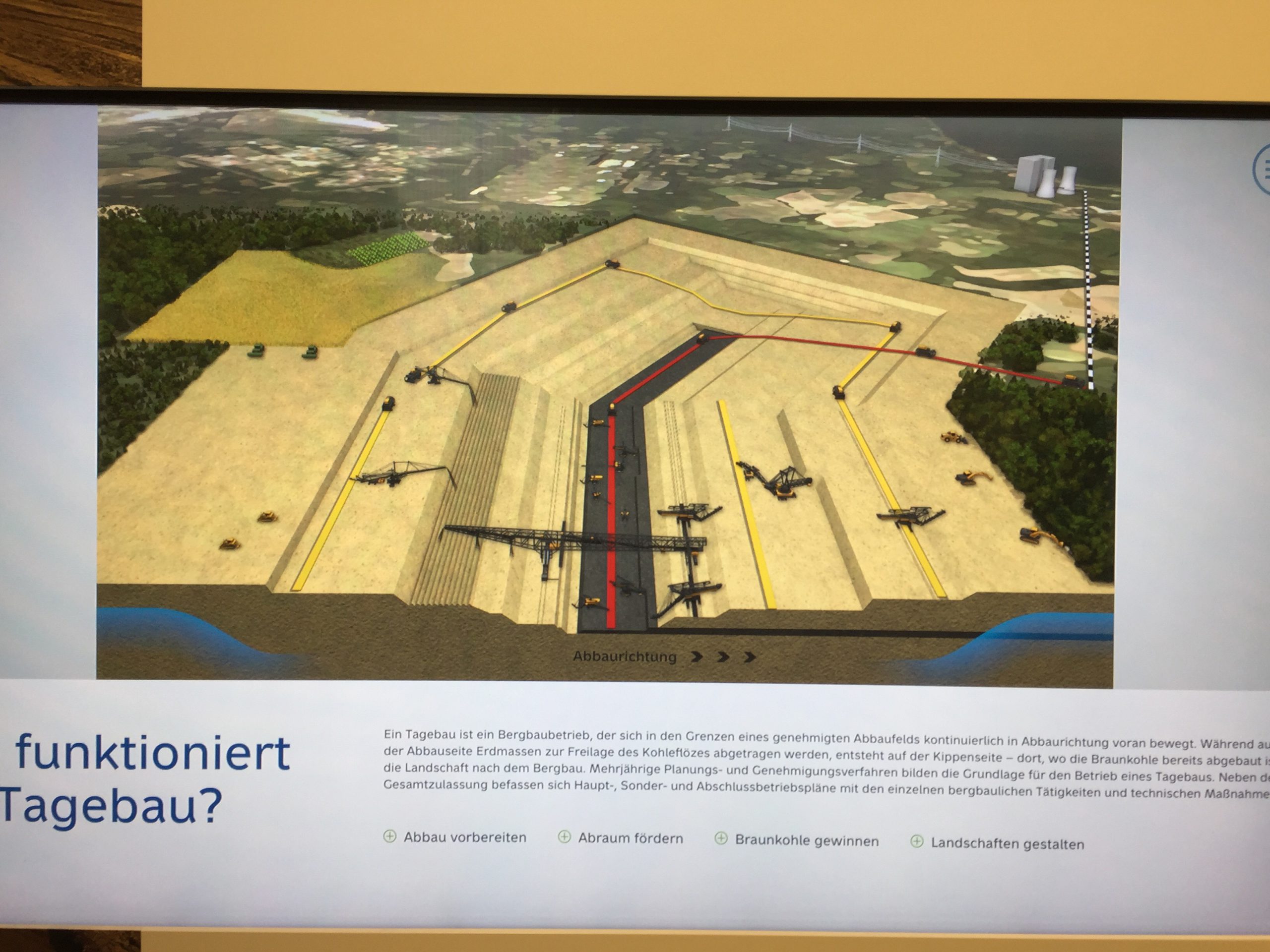
This is a diagram of an open pit mine. On the right, the company first clears the land and removes the trees. However, for each square mile that they clear on the right, they are excavating and reforesting or re-cultivating a square mile of land that they have already mined on the left. They actually remove the top layer of soil from the area on the right, put it on a conveyor belt and deliver it to the reclamation site on the left. You can see that they have to make multiple cuts before they actually get into the coal layer. The large piece of equipment that spans the width of the pit is an excavator. It is loaded up with material from the right and then spits it out on the other side to fill the pit back in where they have already mined. Also, you can see that the water does not flow under the pit. Before they mine, they make a deep cut in the ground and line it with clay so that the water cannot flow under and up into the pit. This keeps them from having to pump out a lot of water and also keeps metals released by mining activities from entering the water. In this kind of mine, there are about 850 employees.

moving material from the right bank to the left bank as they mine from left to right.
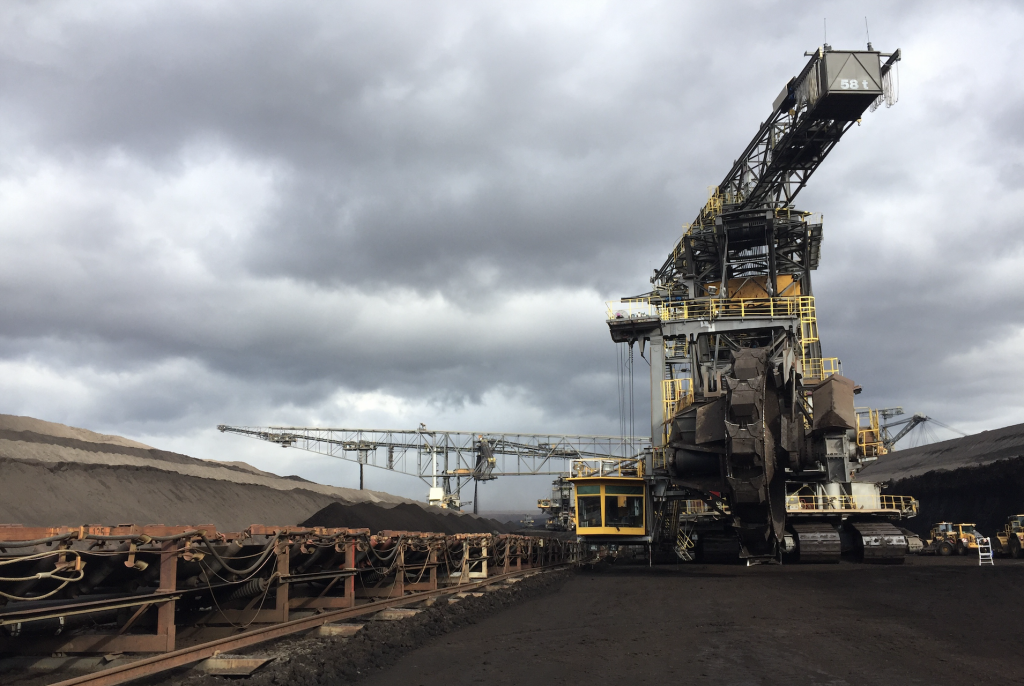
Down in the pit! This is a HUGE piece of equipment. Instead of a continuous miner, they have this bucket drill that cuts into the lignite. The surrounding soil layers are quite soft and sandy unlike the rock that surrounds the coal layers in the Kentucky mountains. Also, this piece of equipment (and most of the other large pieces of equipment) is from the 1960s, they have maintained it in very good condition.
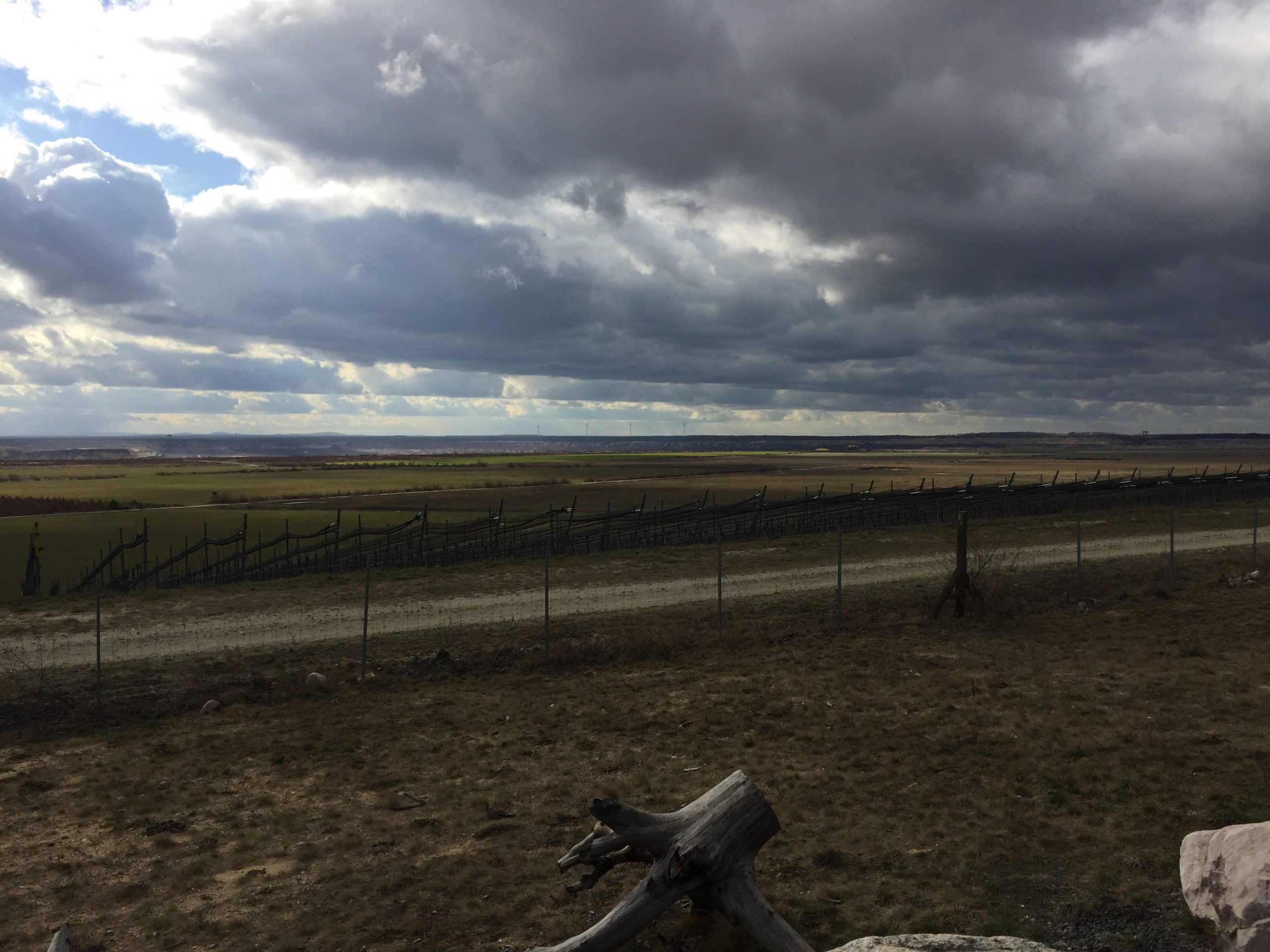
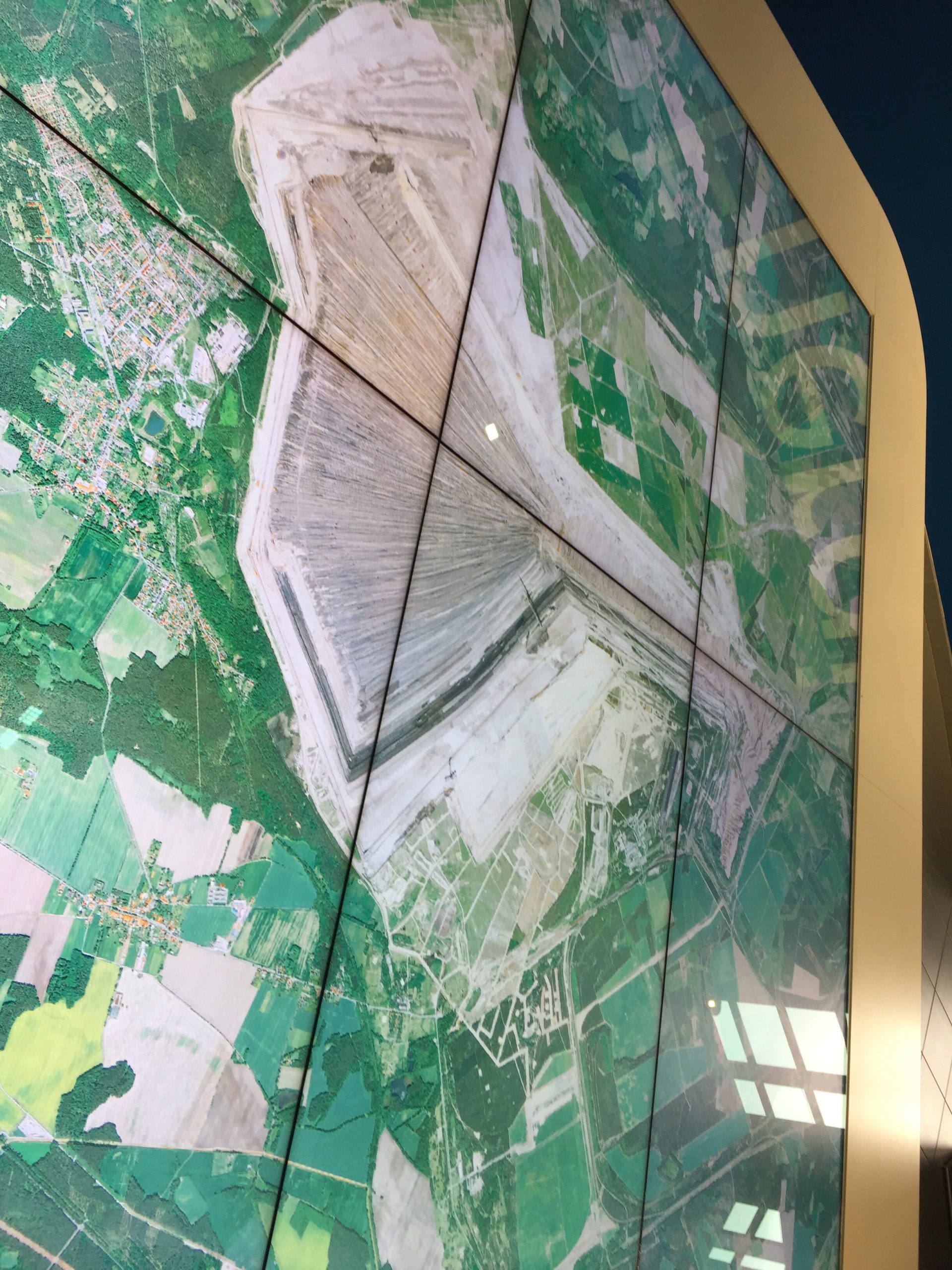
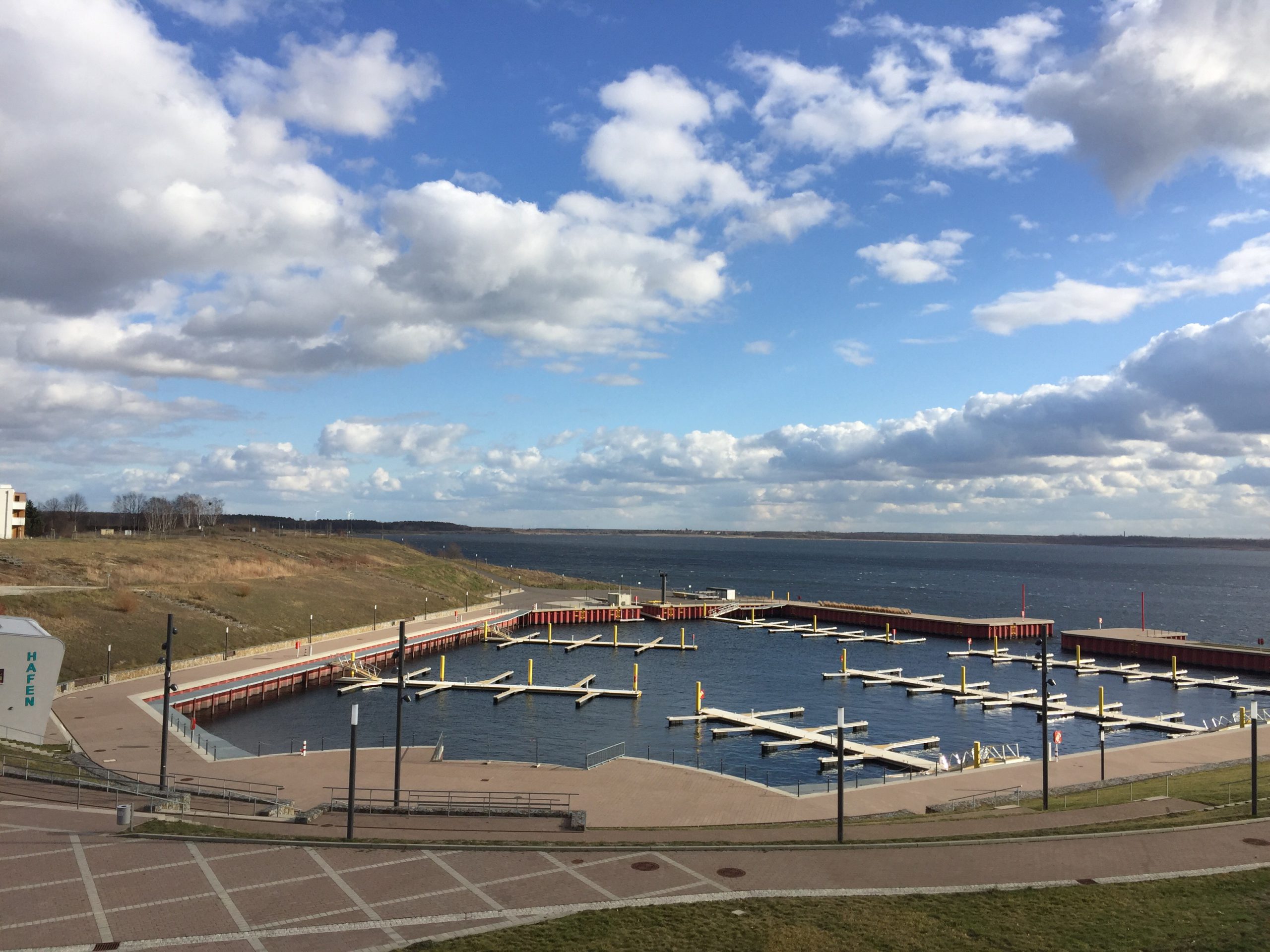

Recent Comments